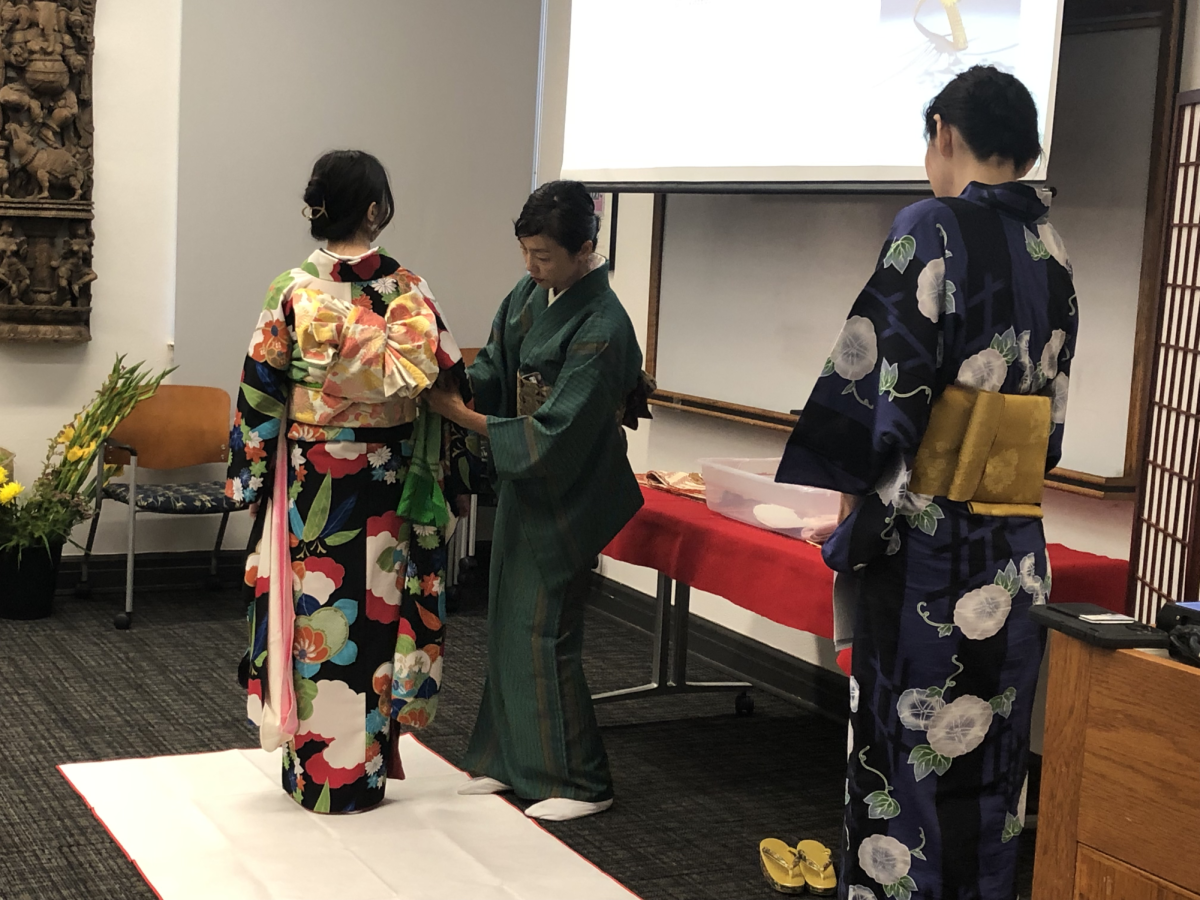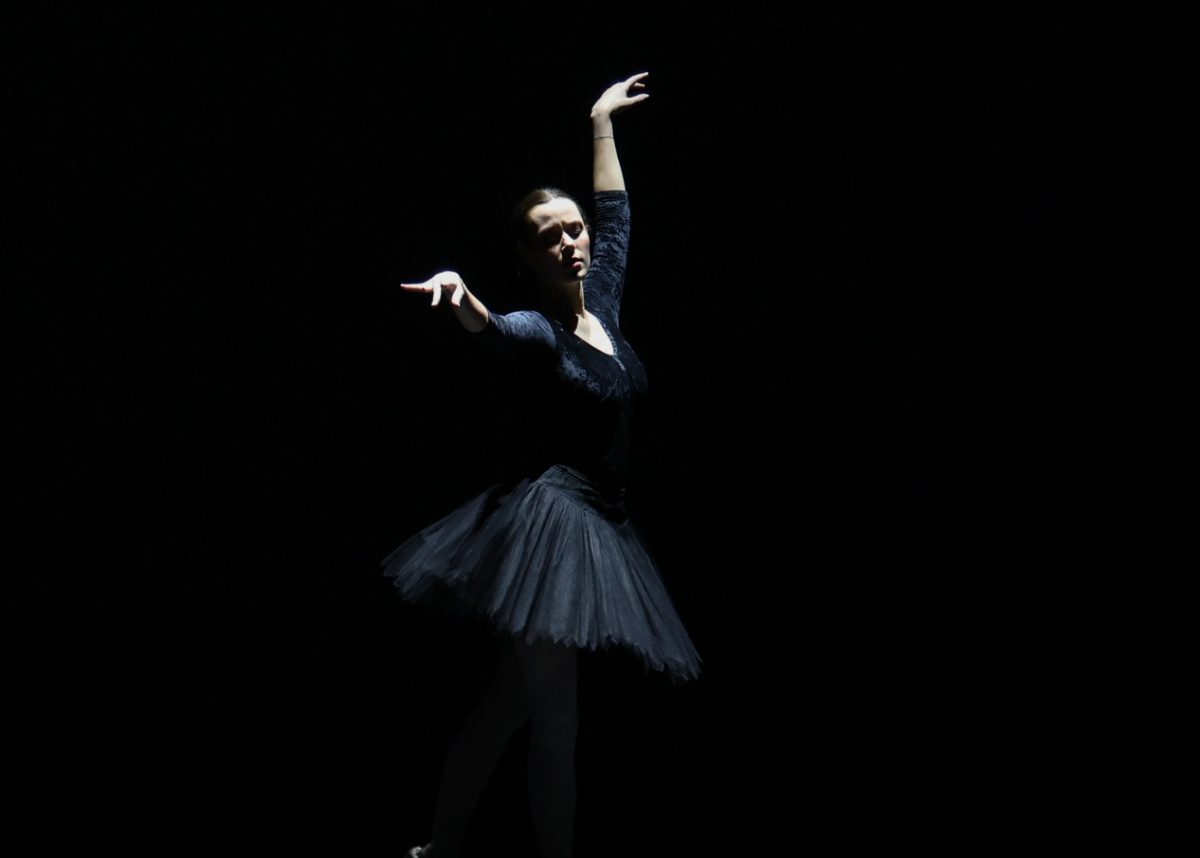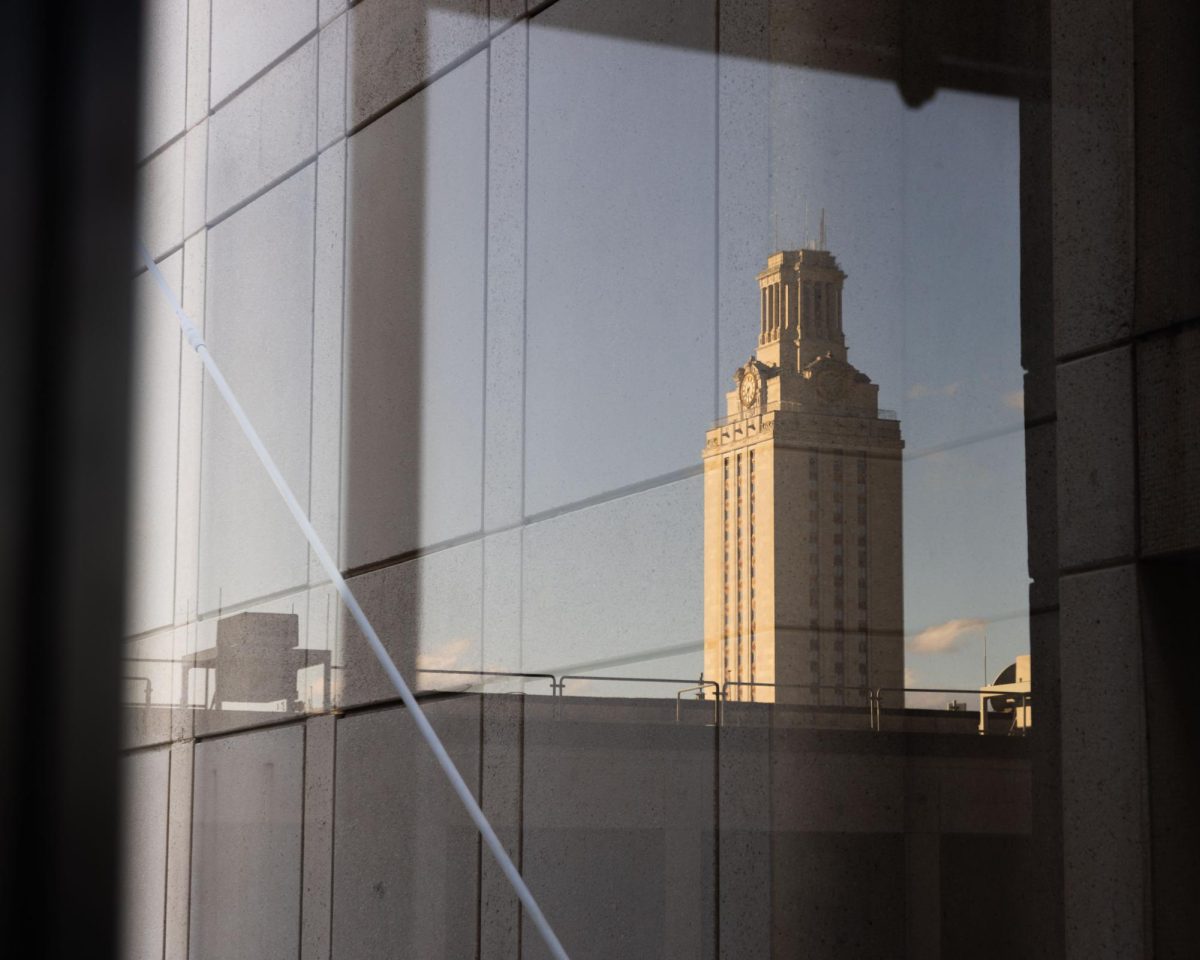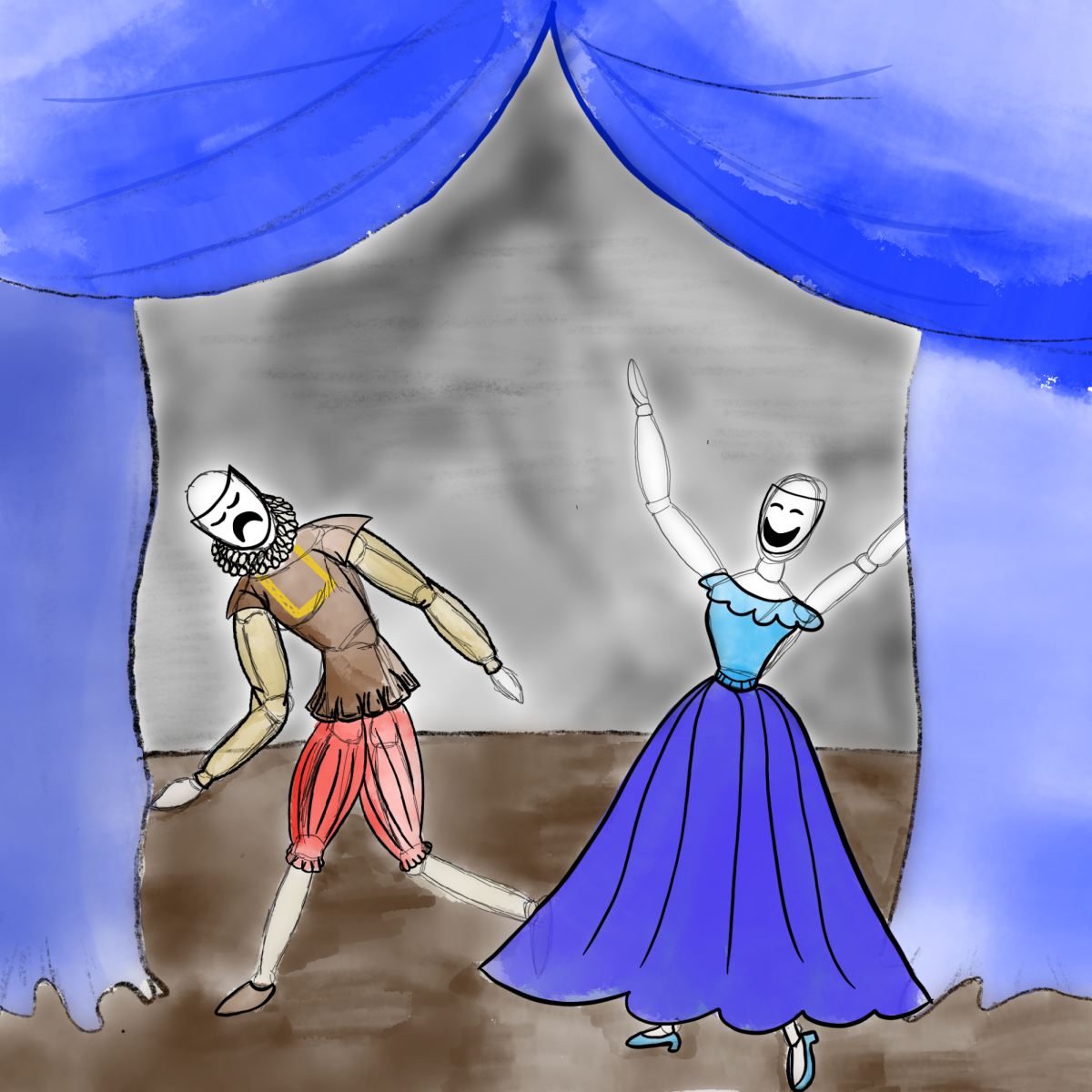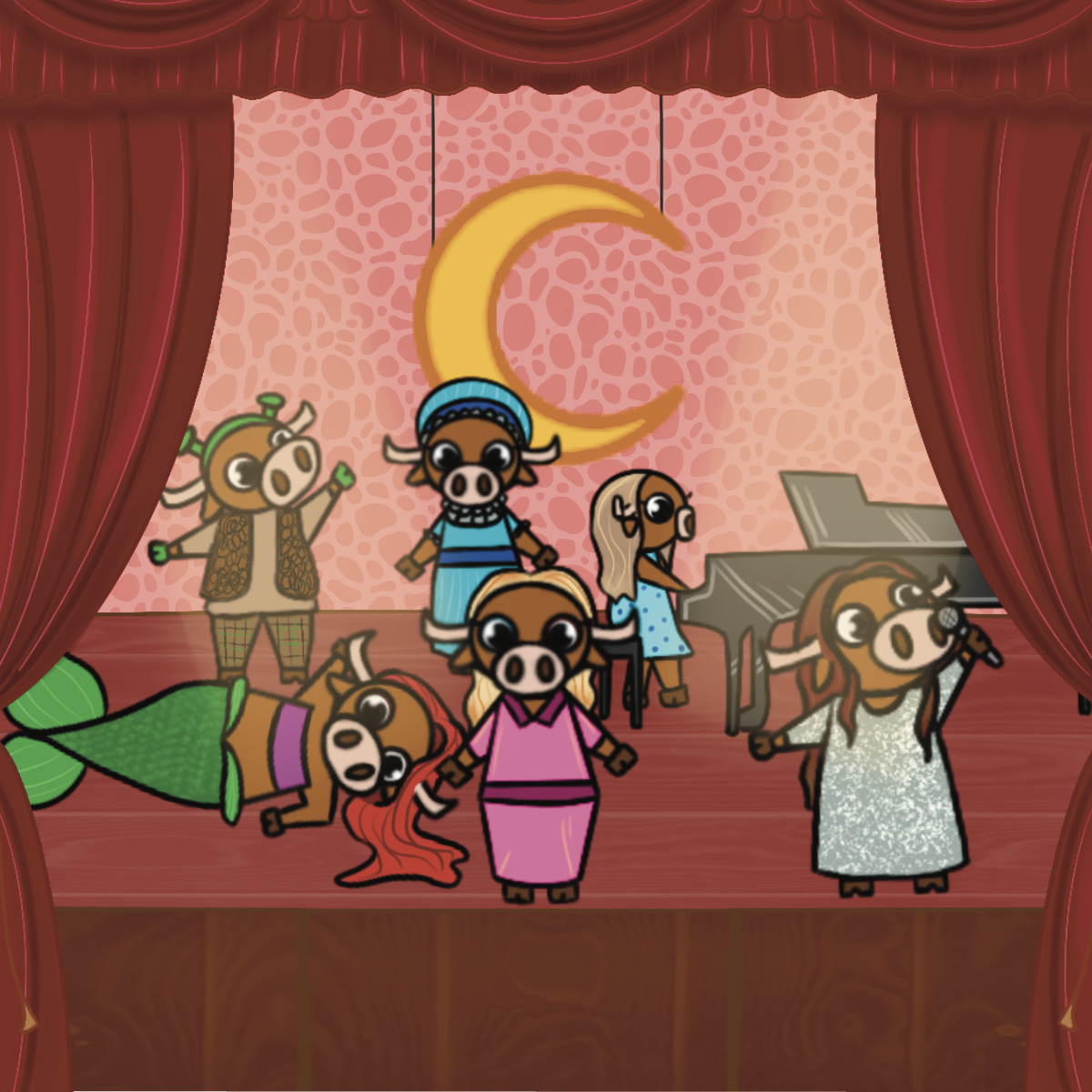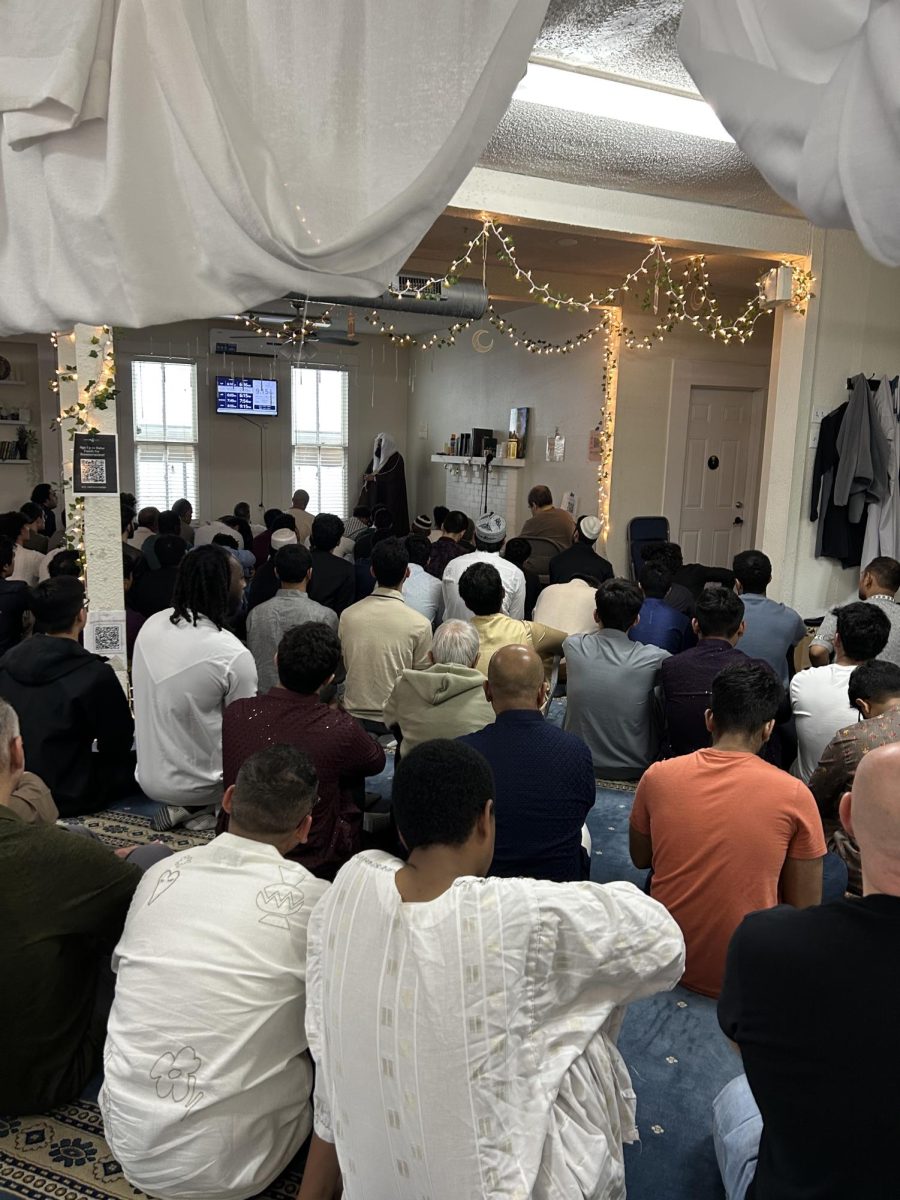Springtime in Japan means that delicate pink blossoms start dotting the trees — a sight UT students may not witness firsthand this season. However, they can still immerse themselves in the beauty of a Japanese spring, not through cherry trees, but through silk and petals at the upcoming Kimono and Ikebana workshop on campus.
On Tuesday, the Department of Asian Studies will host a Kimono and Ikebana workshop at the Meyerson Conference Room. Local Japanese instructors plan to teach students how to wear traditional Kimonos and arrange flowers. Miyako Uchida, who will demonstrate the Kimono dressing, said she believes Kimonos still hold an important part of Japanese culture.
“The Kimono has a long history, … and the people in Japan (during the Edo era) wore Kimonos on a daily basis,” Uchida said. “During the Meiji era, the European culture influenced it (so it became) a big hit. Now in Japan, Kimonos (are worn) at ceremonies or a special event but there are still people who enjoy the Kimono in daily life.”
Michelle Whitehead, one of the Ikenobo instructors, said Kimonos and Ikebana go hand-in-hand because people traditionally wear a Kimono that compliments the seasonal flowers being arranged. Whitehead said she and Yoshiko Imai, her mother and the other Ikebana instructor, plan on teaching the students a freestyle version because it is more accessible to beginners.
“There are very specific rules of what you can use and (what you can) not with traditional Ikebana like Shoka is that you can’t use fake material, everything has to be from nature,” Whitehead said. “Whereas freestyle Ikebana means that you don’t have to use a traditional container, … it has no rules against using fake materials (and) you could use wires.”
Whitehead said she believes Ikebana stands out from other flower arrangements because of how it upholds nature.
“A Western flower arrangement (is) usually in a bouquet where it’s in one arrangement, where you don’t see too many dimensions,” Whitehead said. “In Ikebana, each of the materials you use are highlighted as beauty, so there is that balance and height. When you look at the arrangement, you see every single one of those elements (standing) out on its own.”
Uchida, who has taught Kimono dressing for over 15 years, said she always looks forward to sharing her culture.
“(I’m very) happy to wear (Kimonos) because every time I wear (it) to go out somewhere, lots of people say something like, ‘Oh, it’s so beautiful,’ but they don’t know it’s Japanese,” Uchida said. “Maybe the students (coming to) the event are interested in Japan, so I want them to know Japan has such a beautiful culture, and if they have a chance, maybe they can try to wear Kimonos sometimes.”
Junko Hatanaka, an assistant professor of instruction of Japanese and an organizer of the event, said that she hopes attendees become more aware of how diverse Asian culture is and more appreciative of Japanese culture.
“I’m an Asian Japanese woman living in the United States in Austin, and when I talk about Asian (culture), a lot of American people are confused,” Hatanaka said. “I understand that they mix up the Japanese, Chinese and Korean people. But all of us have a different background and culture, so I think this type of event (will) be great to encourage the awareness of each country’s background and history.”

